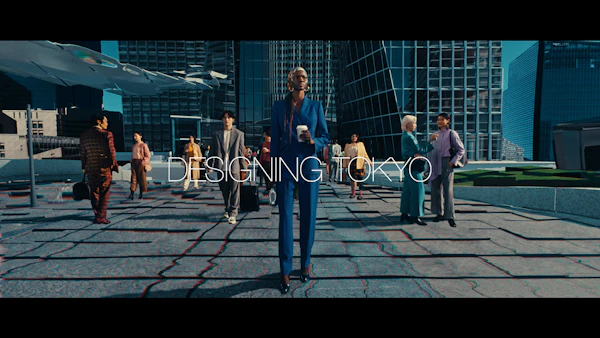Urban Redevelopment
Urban Redevelopment in the City Center
Mori Building’s ideal city is a “compact city that integrates diverse urban functions,” an ideal that is embodied in our Hills urban complexes. Building urban complexes with integrated functions requires a fairly large area of land. The easiest way to do this in Tokyo would be to look for sites of demolished factories and warehouses or areas in the suburbs. But that would not make use of the city’s true potential, such as its transportation infrastructure. To carry out an urban development project that would maximize the area’s value in a developed area of the city center like the Minato-ku area where Mori Building is based, the only possible method is urban redevelopment.
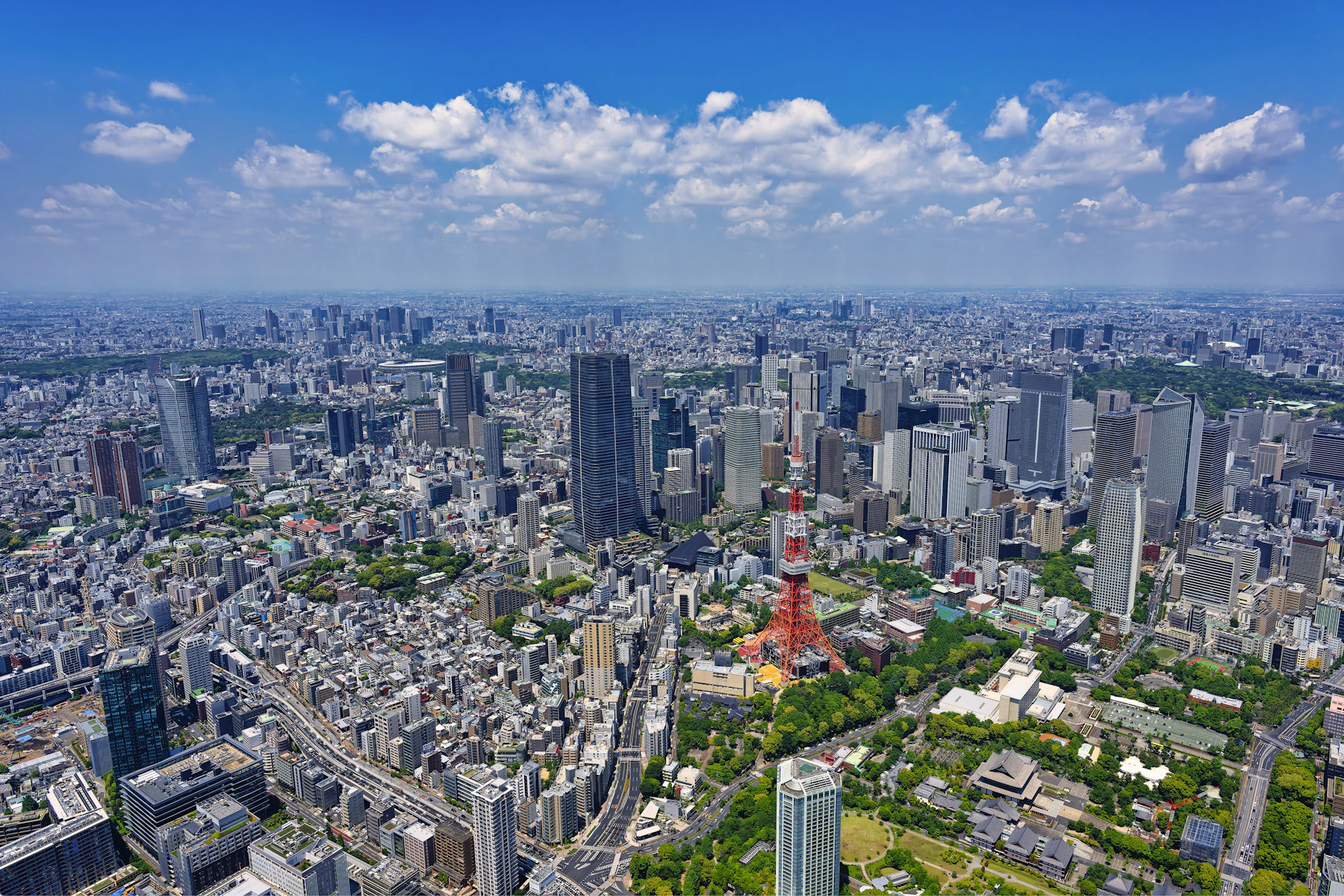
Formulating and Carrying Out a Grand Design
Redevelopment requires the formulation of a long-term grand urban design. This means to consider a vision for the city from the perspective of the people who live there rather than prioritizing efficiency; to examine the city from a global perspective while preserving the uniqueness and culture of the local community; to design the city that is not only functional, but also has beautiful scenery; and to enable the sustainable growth of the city in consideration of the environment, safety, and security. The goal is to create a place that future generations want to inherit. Mori Building’s urban development projects start from formulating a vision for the next 50 or 100 years.
Engaging in Good Faith Dialogue with the Community
To achieve your ideals, you must follow through even when faced with hardship. That is why Mori Building proactively engages in difficult negotiations. ARK Hills is the first large-scale redevelopment project by a private-sector company in Japan. It took many hours of discussion with nearly 100 landowners to reach agreement on. At the time, we were told that a redevelopment project with more than enough landowners to fill up a classroom of an elementary school would be impossible. But thanks to good faith dialogue with each one, we were able reach an agreement. The ARK Hills success story allowed us to show the entire world the possibilities of urban redevelopment. Subsequent redevelopment projects took shape with the cooperation of several times the number of landowners—nearly 400 with Roppongi Hills and 300 with Azabudai Hills.
Through this long journey, deep ties developed between the people who live there, becoming forward-looking communities that considered the future of the area with us. These communities served as a strong foundation when the redevelopment projects were completed. In fact, many of the landowners who previously lived in the area returned to live there once it was redeveloped. Building a city means to be responsible for the future of the people who live there. That is why Mori Building considers the completion of a development only the beginning.
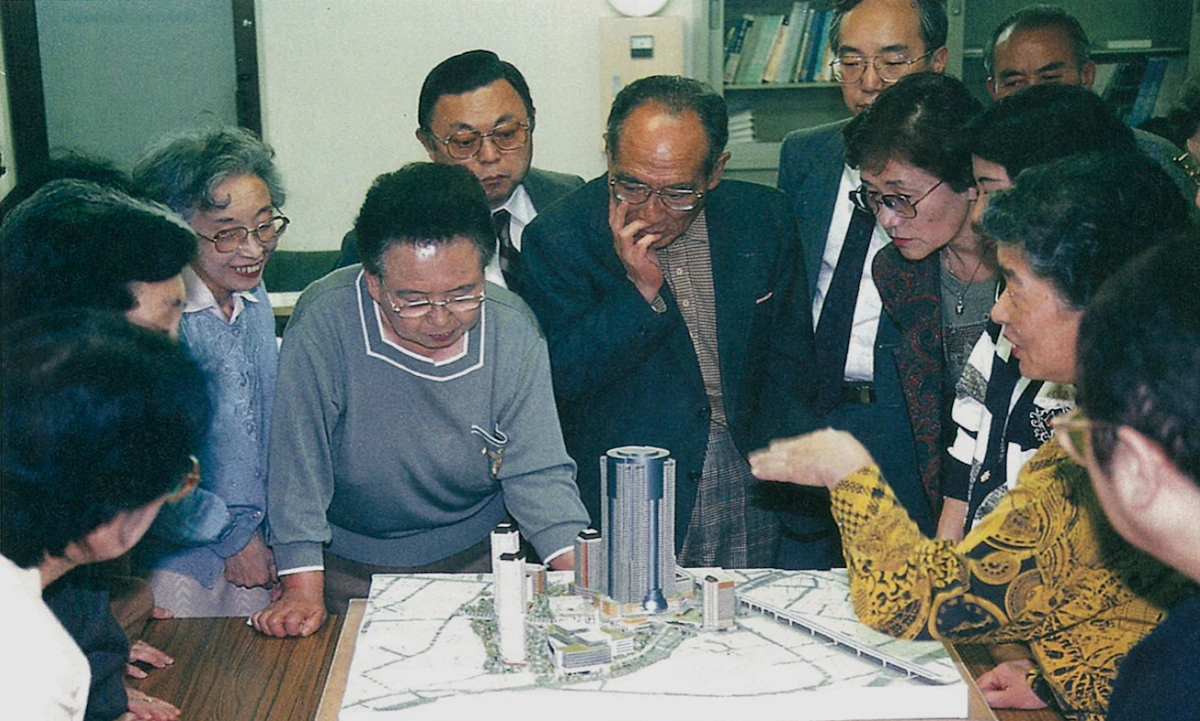
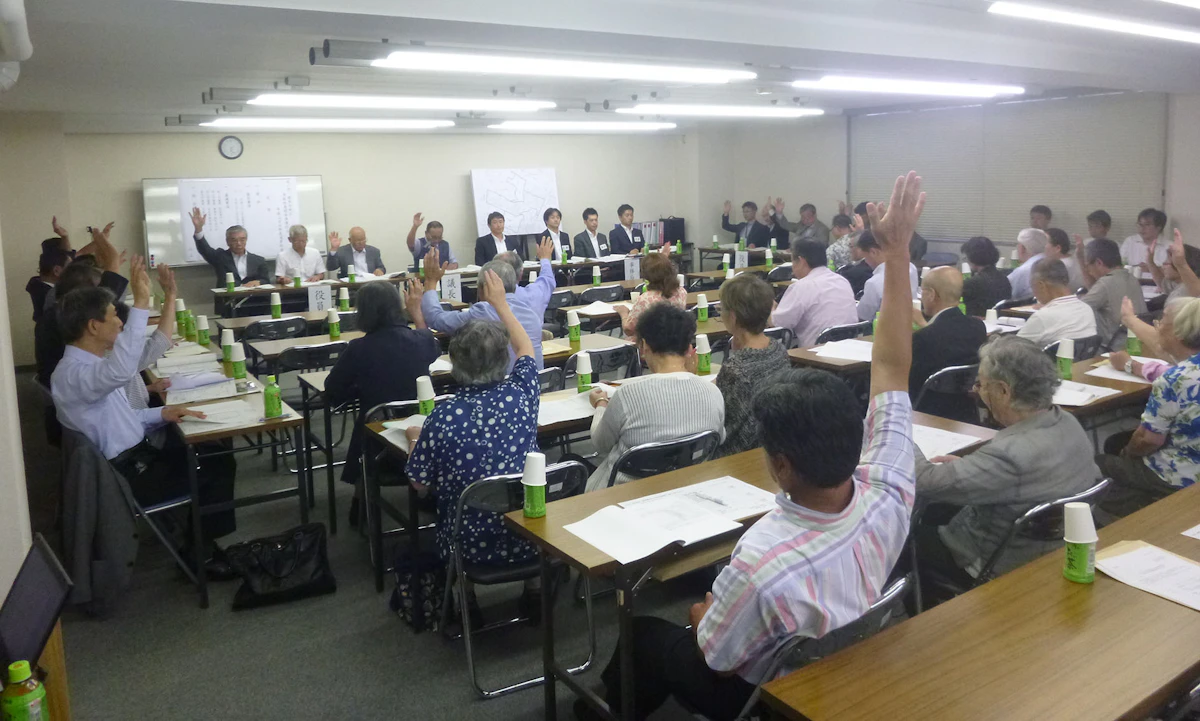
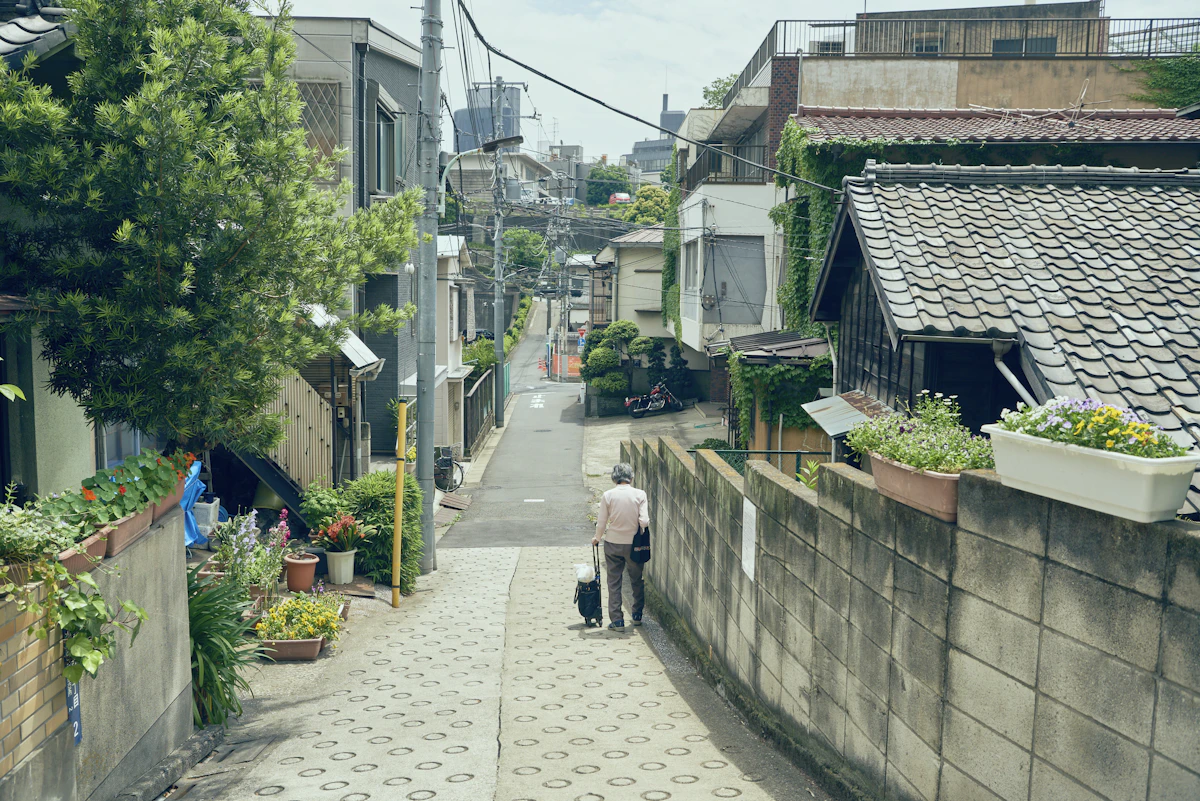
Azabudai Hills area before redevelopment
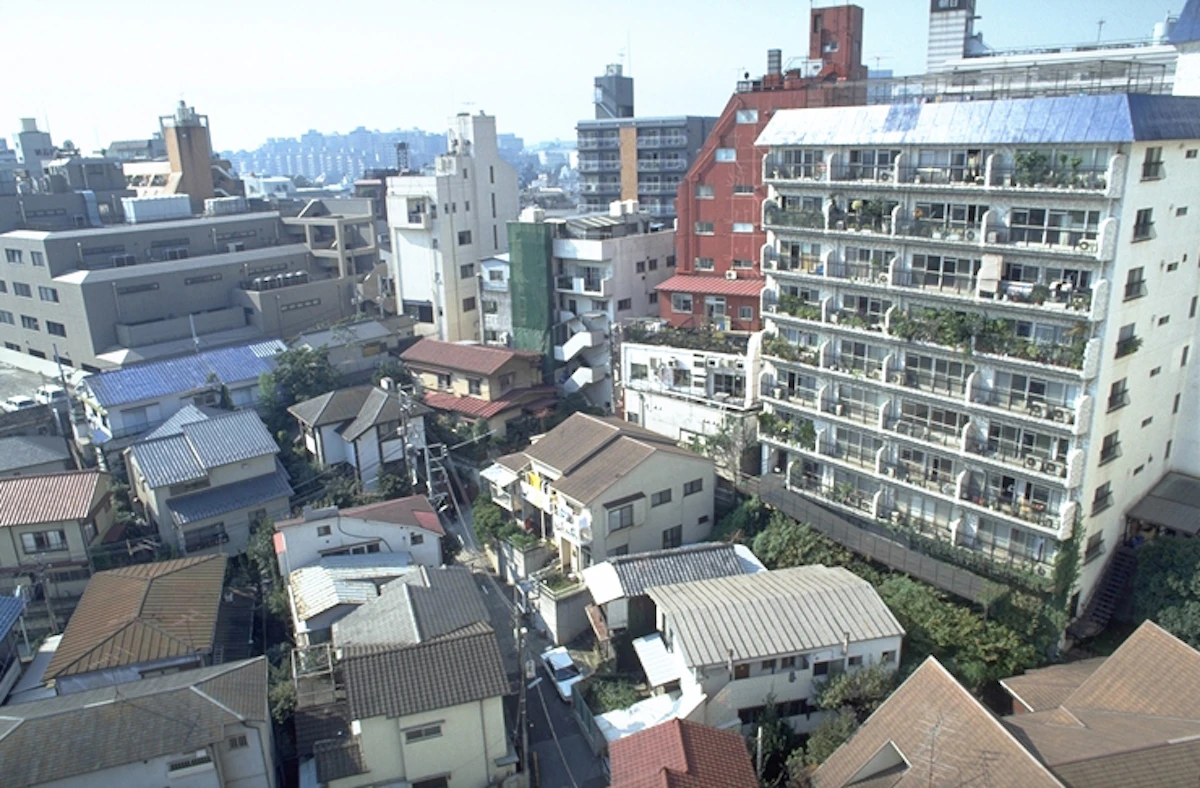
Roppongi Hills area before redevelopment
Sharing Challenges Based on a Shared Vision
It is impossible to unite so many people by only their interests. Mori Building believes that what can unite people is the dreams and aspirations that transcend interests. Because we have an ideal we want to achieve, we can take on challenges that have not been attempted before. Stakeholders with different positions and circumstances can unite by focusing on the future of the development. Because we share the same vision, we can even keep pushing forward with urban redevelopment projects that take dozens of years to complete.

